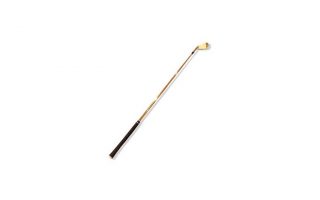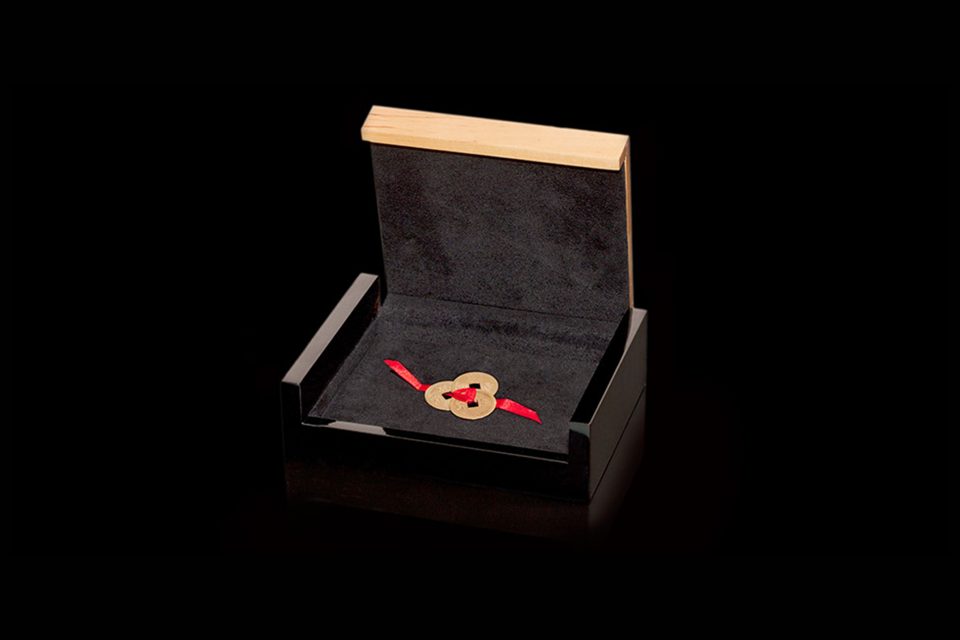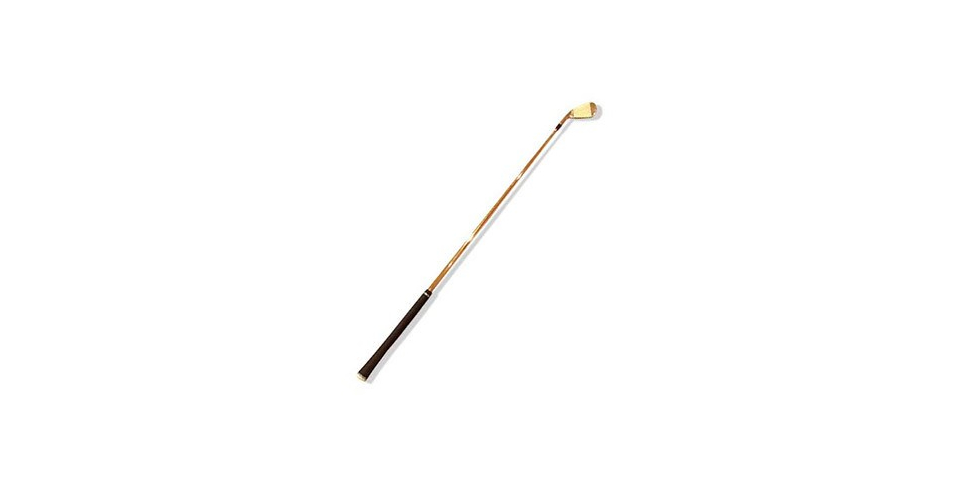Gold Unwinds Last Month's Sell-Off
From Adrian Ash
As “Race to Bottom” in Forex Spreads to China’s Yuan
THE PRICE OF GOLD rose to its best level since the start of July in early trading on Monday, rising above $1226 per ounce as world stock markets sagged but commodity prices ticked higher.
Crude oil bounced from a 1-month low, and wheat futures rose again after dipping from this month’s near-two year high – sparked by Russia banning exports amid its worst drought in five decades.
Silver prices edged up to $18.30 an ounce, some 2.6% above last Thursday’s two-week low. So-called “safe haven” government bonds also rose following weak Japanese GDP data, nudging the 30-year US Treasury yield down to a 16-month low of 3.80%.
“The low [in gold] turned out to be at $1156 per oz,” says a review of this summer’s action so far from Canada-based bullion bank Scotia Mocatta, “which was just a few dollars below the up trend line” starting after the collapse of Lehman Bros in late 2008.
“The reasons for the correction in price were numerous, but the theme was generally the same,” says Scotia – “a shift in investors’ sentiment from being less risk averse to having more risk appetite
“This in turn saw safe-haven assets retreat.”
“Longer-term, the problems that lead to the gold rush of earlier this year have not been eliminated,” says Wolfgang Wrzesniok-Rossbach, head of sales at German refining group Heraeus, who cites “exorbitant” government deficits in Europe, continued mortgage-debt problem in the US, concerns over China’s growth, and the level of “hidden inflation” in official figures worldwide.
Noting the 15% drop in Euro gold prices from June’s record high of €33,800 per kilo however, “In the past few weeks investor interest in middle Europe more or less came to a standstill,” Wrzesniok-Rossbach says, calling it “noteworthy” that gold coins – mainly Krugerrands in Germany – “were being sent in for melting by dealers.”
Back in Monday’s action, “Risk aversion is likely to keep an underlying bid in place for gold,” says a note from Barclays Capital, quoted by Reuters.
“Short term, $1215 has [marked a] series of market highs since early July, so we would regard a move through this level as a bullish breakout. We expect this to occur, especially with gold approaching a strong seasonal period.”
Latest data from US regulator the Commodity Futures Trading Commission showed a 4% bounce last week from mid-July’s five-month low in the “net long” position held by hedge funds, private investors and other speculative players in gold futures and options.
Rising to the equivalent of 775 tonnes, however, speculative bullishness remains one-quarter down on the record level of October ’09.
Over on the other side of the market, bearishness amongst traders acting for miners, refiners and bullion banks – sometimes known as the “smart money” – last week ticked higher again from late July’s 19-month low, with short positions now rising from just 30% to 35% of the commercial sector’s directional bets, right in line with their 5-year average.
“Following the sharp decline in long [speculative] positions, we believe that the recent stabilization in the net long position may signal room for new longs to be added,” says Standard Bank’s Walter de Wet in a note today.
“We maintain that gold will reach $1300 in Q4:10.”
The Japanese Yen meantime rose further on the forex market early on Monday, ticking back towards last week’s attempt at a 15-year high versus the US Dollar, which also slipped against most other major world currencies.
The Chinese Yuan, however, dropped to a 7-week low against the Dollar, after the People’s Bank of China set its official exchange rate above CNY 6.80 for the third session running.
“The race for the bottom continues,” says Steven Barrow, de Wet’s colleague and chief currency strategist at Standard Bank in London.
Following “the deterioration in US economic data in June and July…things have [again] started to look bad for the Euro,” says Barrow.
New data today showed China overtaking Japan as the world’s second-largest economy, but “It’s clear Beijing doesn’t want to see appreciation [in the Yuan exchange rate] bring more troubles” to its export-dependent economy, as a local economist at Citigroup put it last week.
China’s vice-minister for commerce, Zhong Shan, writes in the official Seeking Truth magazine today that Beijing must “keep the Yuan basically stable” to support its exports, which rose more than 38% in July from the same month last year.
The gold price in Chinese Yuan rose to a 7-week high this morning, while the Shanghai stock market rose 2.1% but held more than one-fifth down for 2010 to date.
Eurozone and UK investors looking to buy gold today meantime saw the price rise to its strongest level in a month, edging 0.4% higher even as the Euro and Sterling rose vs. the Dollar to touch €30,790 per kilo and £785 per ounce respectively.
Adrian Ash
Gold price chart, no delay | Buy gold online at live prices
Formerly City correspondent for The Daily Reckoning in London and head of editorial at the UK’s leading financial advisory for private investors, Adrian Ash is the editor of Gold News and head of research at BullionVault – winner of the Queen’s Award for Enterprise Innovation, 2009 – where you can buy gold today vaulted in Zurich on $3 spreads and 0.8% dealing fees.
(c) BullionVault 2010
Please Note: This article is to inform your thinking, not lead it. Only you can decide the best place for your money, and any decision you make will put your money at risk. Information or data included here may have already been overtaken by events – and must be verified elsewhere – should you choose to act on it.













